Dawn LaPointe is a paralegal, and her husband, Gary Fiedler, is an aircraft mechanic. But in their free time, the adventurous pair, based in Duluth, Minnesota, explores the Lake Superior region and nearby wilderness areas, capturing stunning nature photography along the way.
“We call ourselves free-range photographers,” says LaPointe, who has had several photographs named as finalists in Smithsonian magazine’s annual photo contest. “Our photographs are natural and organic, with no additives or artificial colors.”
The couple often ventures out into the Boundary Waters Canoe Area Wilderness, a couple hour's drive from their home, where for upwards of two to three weeks at times, they're at the whim of the weather. "It feels like such a partnership with nature when we're out," says LaPointe, "because we might have something in mind that we'd like to do, but nature guides us to something different."
Smithsonian spoke to LaPointe about wildlife encounters, the types of scenes that move her, and why a canoe is her preferred mode of transportation.
You’ve been taking photos since your childhood, but really started shooting with greater intention in 2009. What made you want to start taking photography more seriously?
I found it to be such a meaningful way to connect with nature on a deep level. The more I photographed things, the more in-depth look I took at things, and I took an interest in wanting to learn more about them, whether it was our native orchid species in Minnesota or a certain species of wildlife. I found that when I would connect with things through the camera, it inspired me to learn more, and then, in turn, I would share some of that knowledge and excitement about my experience with other people.
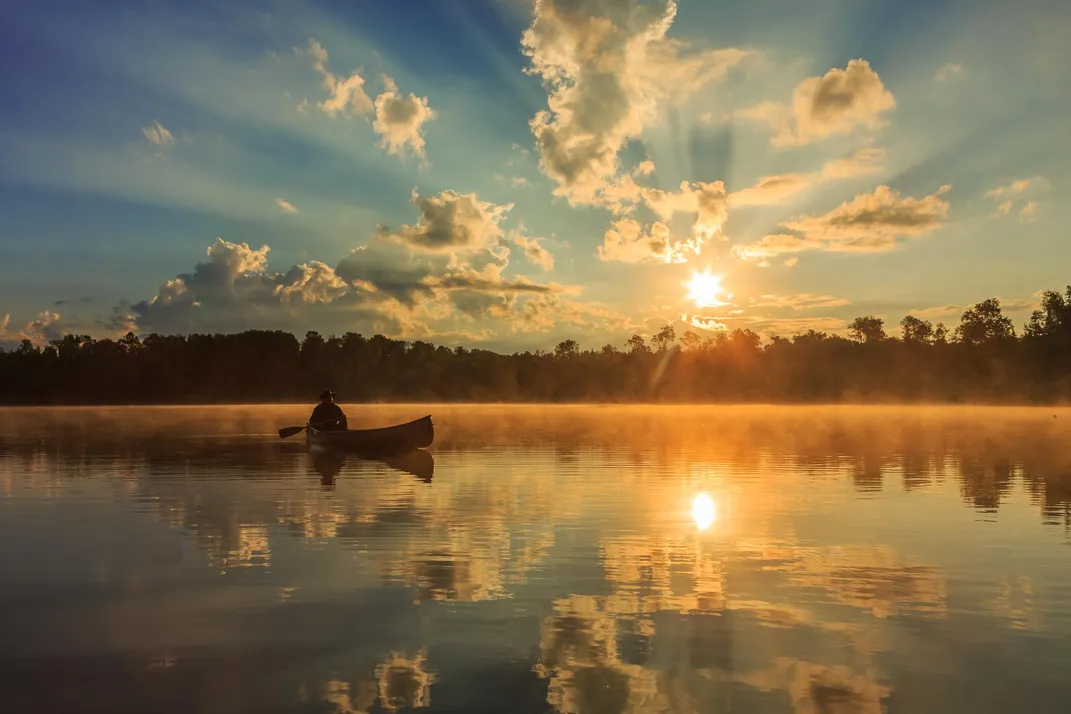
Have you always lived in Minnesota?
I grew up in southwestern Wisconsin along the Mississippi River, a small town called Prairie du Chien. I went to college at UW Madison and was on the East Coast for a couple years, back to Madison, and then in ‘96, I moved to Duluth and really fell in love with the region. We're just a couple miles from Lake Superior and the rugged north shore, and just a couple hours’ drive from the Boundary Waters Canoe Area, so it's really an ideal location if you enjoy green space, outdoor activities and dramatic scenes from Lake Superior in all seasons.
What do you find beautiful about this area?
We live near this iconic natural, great lake whose beauty is just incredibly dynamic, whether it's a sunrise or the way that the ice cover changes every day on the lake in the wintertime. It amazes me that I get to experience nearby that power of nature—the thundering waves crashing into the shoreline up and down the North Shore during a storm or the sounds like breaking glass when the ice starts stacking up on shore in the wintertime. It looks mysterious and ghostly when the sea smoke starts rising from the warm waters on a sub-zero morning when the lake is still open. I've just been very enamored with all of the mood and beauty that Lake Superior gives us—and to be able to see that every day. You can go to the same place two different days and see something entirely different because the conditions change, or you might notice something the second day that you didn't notice the first.
We have wonderful city parks in Duluth, and we have many creeks and rivers running through town, flowing into Lake Superior. It's a beautiful place for outdoor recreation, even just taking leisurely hikes through a park. Then, of course, we can drive up to the wilderness and put our canoes in for long trips, and really get into the rhythms of nature when we're at the mercy of the elements, the hours of daylight and whatever wildlife happens to come across our path.
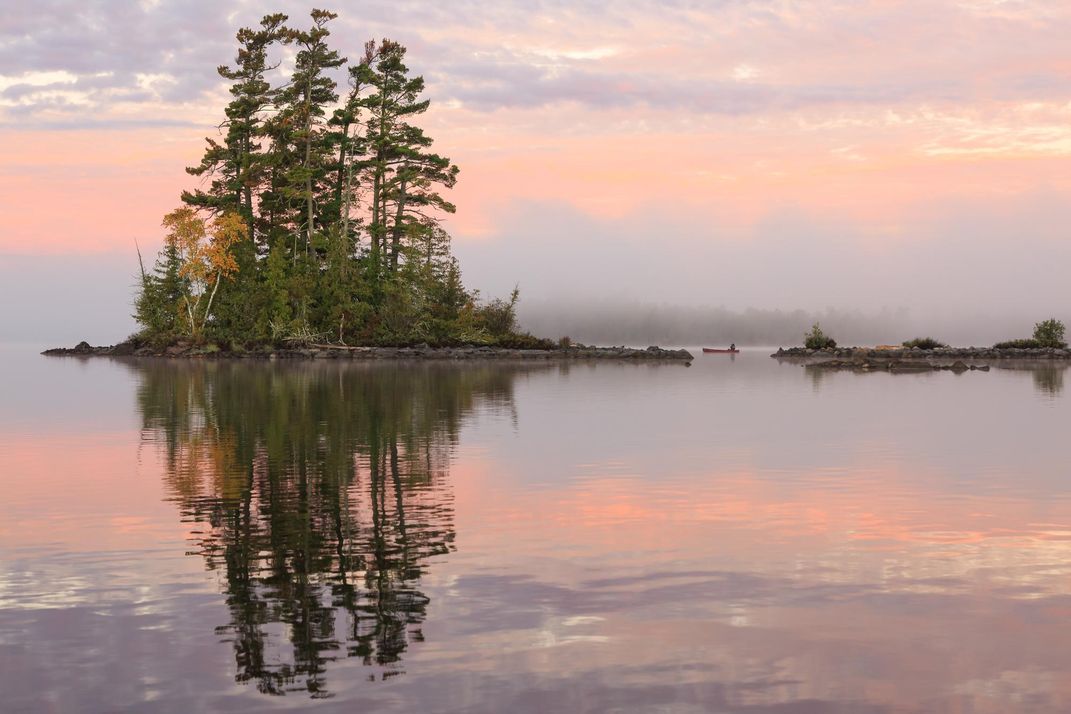
What has been one of your favorite things to witness in nature?
It's always an incredible experience to see your first moose in person. My first experience was the first time my husband actually took me to the wilderness. We heard the sound in the distance, and we thought, gosh, it sounds like something really big crunching, making branches break. Could it be a moose? So we paddled across the lake following the sound, and we came upon a cow moose with her two very young calves. We sat quietly in the canoe at a distance and just watched their interactions for quite some time. We got to see them nursing and she took them swimming across this little cove nearby. It’s just incredible to witness their natural behavior.
Once in a while, if we're fortunate enough, we get a glimpse of a wild wolf. They're very elusive. Usually they see us before we see them and they scurry into the woods. We've been fortunate a couple times to see them.
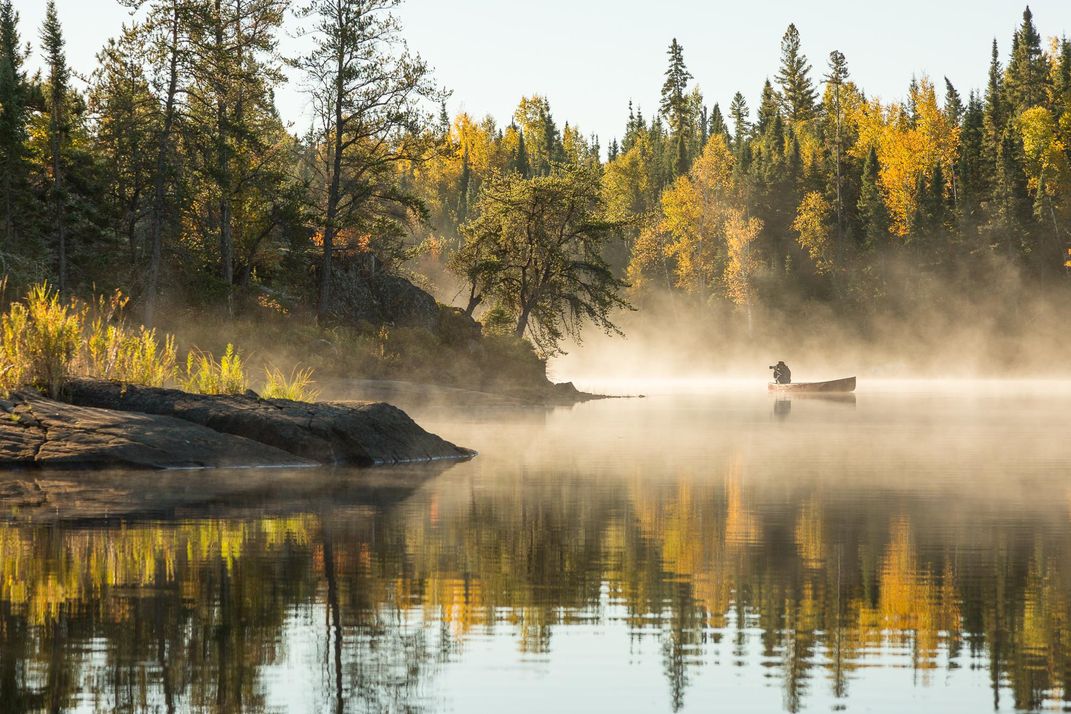
What supplies do you bring with you on a canoe trip in the Boundary Waters?
We each solo paddle a tandem canoe. We have multiple Pelican cases, which are waterproof cases, that we put multiple camera bodies, multiple lenses and a couple tripods in. Of course, [we bring] rain sleeves and lens heaters in case we're shooting the Aurora—we don't want our lenses to fog up—and then solar chargers because there's no electricity out there. Our canoes are loaded quite heavily.
To get from one lake to the next we need to unload our canoes and transport everything from one end of the portage [a trail between lakes] to the other, and also transport our canoes, overhead, and then load them back up. Our trips range anywhere from a long weekend up to two or three weeks.
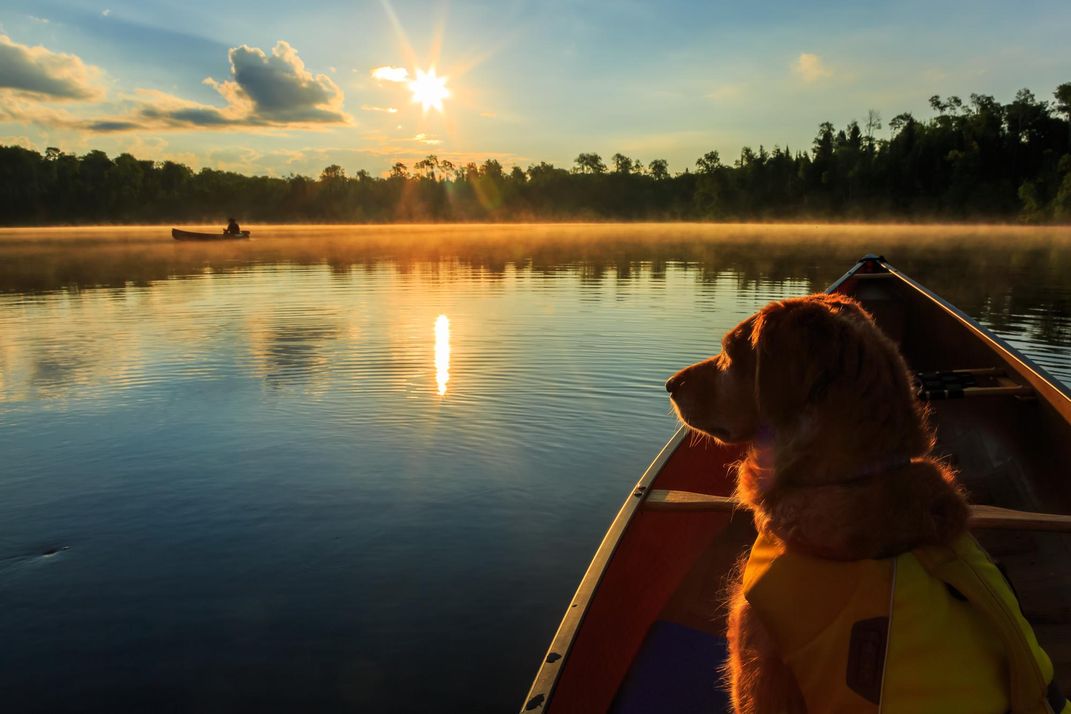
What is it about canoeing that makes it your preferred method of getting around?
Well, considering the amount of camera gear that we tote with us, it's much more preferable to have our canoes carry it than trying to hike with our camera gear. If we're hiking, we need camera gear, which we'd have to minimize significantly and we'd rather not. We need our camera gear, a light backpacking tent and the medical kit, and it's so convenient to have the canoe transport things. For me, it's a freeing feeling to be paddling on the water. It's a neat experience, just traveling the waterways, floating and having the wind help guide you in the direction you're going, or prevent you from going where you'd like to go because it's windy. It also has challenges too, because sometimes there's something we want to shoot and we have to figure out how to do it when there's current or the wind isn't in our favor. How do we stabilize the canoe? Do I have to paddle back around and take a second pass at it? It's a fun challenge. Being a quiet adventure sport, you get to hear the song birds singing in the forest and the coyotes howling in the distance. It’s very, very peaceful.
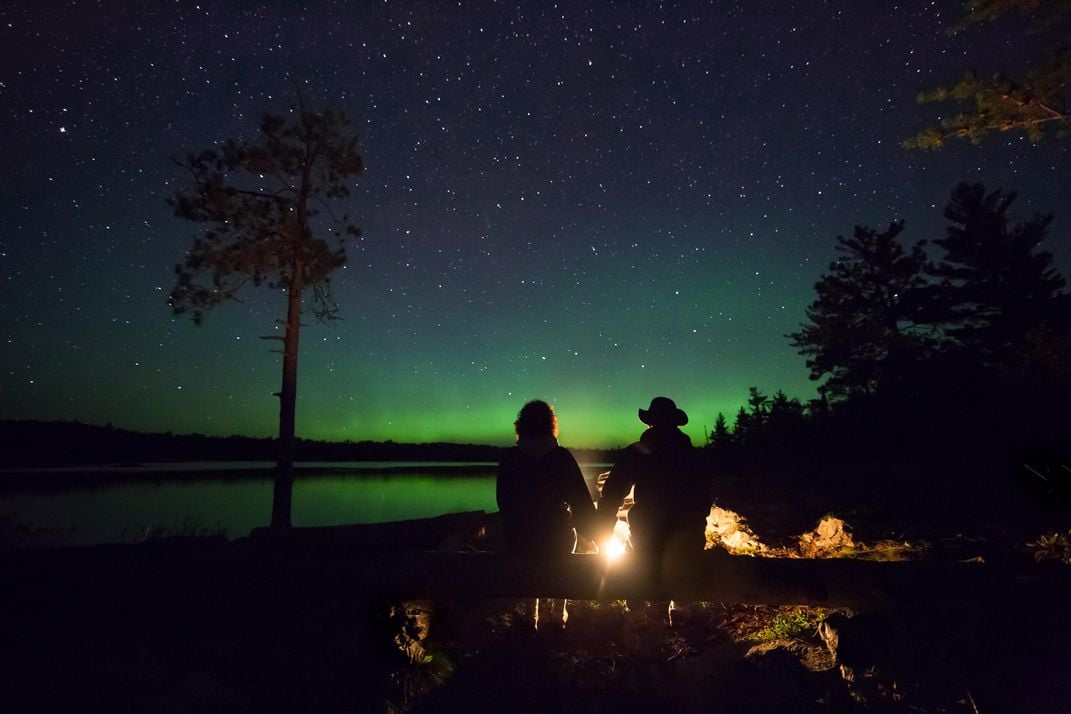
What kinds of scenes are you drawn to?
Scenes that jumpstart your heart, grab your soul and give you a sense of awe at what nature can do. Maybe it’s crepuscular rays reaching down through some clouds or burning through the fog—just the colors and textures and mood that are conveyed.
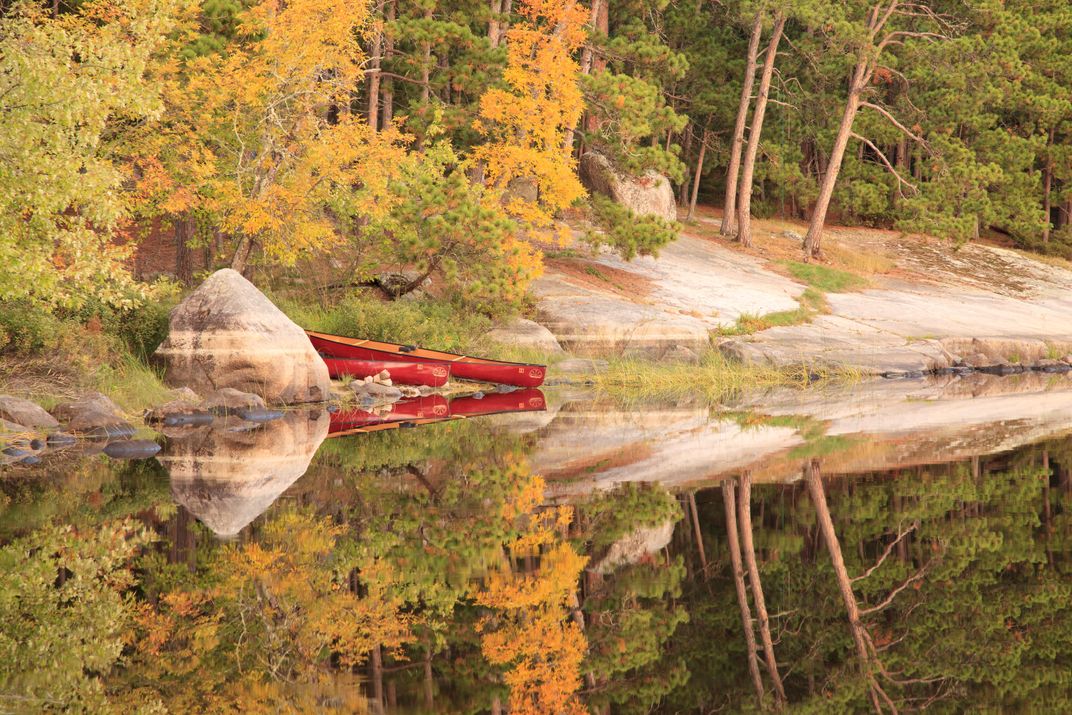
What do you hope viewers take away from your photos?
It seems like the majority of our population is so connected to their devices, and not connecting face to face, and, of course, not connecting out in nature like they used to. In the wilderness, we don't have cell phone signals. So people would have to lose that connection in order to go out in the wilderness and experience it. but it's so worth it—to connect and to restore your soul, and learn about the balanced ecosystems out there, learn about the flora and fauna.
It's my view that when people see something that they think is interesting, and when they learn more about it, they seem to have more of an interest in protecting it. In that way, I feel like our photos can help conserve the wilderness and protect green spaces and protect wildlife. If people know something exists, and they begin to understand it better and maybe develop an appreciation for it, then they're not going to want that to go away. They'll want to protect it, and hopefully go see it themselves.
:focal(1000x352:1001x353)/https://tf-cmsv2-smithsonianmag-media.s3.amazonaws.com/filer/79/40/79407b8b-4be6-4b32-ae66-70674e54a1a8/letterboxed-photo-3.jpg)
/https://tf-cmsv2-smithsonianmag-media.s3.amazonaws.com/accounts/headshot/Daily-Staff-Photos-by-Noah-Frick-Alofs-3620-317x475.jpg)
/https://tf-cmsv2-smithsonianmag-media.s3.amazonaws.com/accounts/headshot/Daily-Staff-Photos-by-Noah-Frick-Alofs-3620-317x475.jpg)